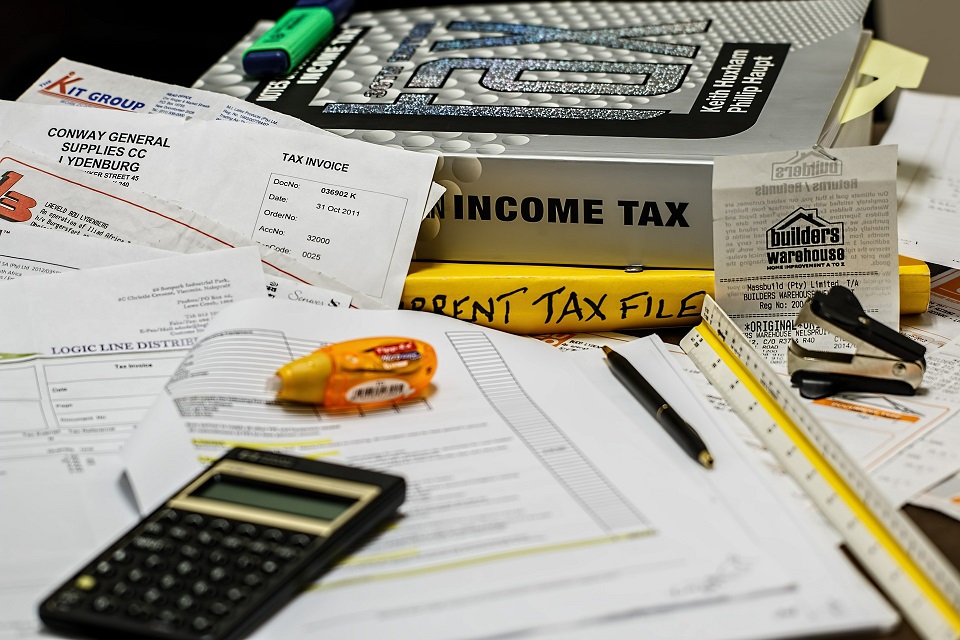VAT
In this section...
Stock Valuation
For some business sectors, such as retail and farming, the company will often buy goods to sell or materials to make sell-able products, and these finished goods may not be sold in the same accounting period that they were purchased. Including stock in the annual accounts carries the cost of those products forward to the next accounting period so that the cost will be offset against the income when the product it accounts for is sold.
The reasons for stock being held can vary: it may be that the stock is not yet ready to be sold, such as a farmer waiting for his lambs to be of the suitable selling age; future sales for a product may have been overestimated and there was actually less demand for the product; the product may have been more beneficial to the company to buy in bulk than a precise amount. The list is not exhaustive, but it should be accounted for in the annual accounts.In a set of annual accounts the stock appears in two places. On the Balance Sheet the stock will show as a current asset as the stock will ideally be converted in to cash within a year to be offset against any liabilities. The Balance Sheet’s purpose is to show the business’ financial stability and liquidity, and to show the value of all assets and liabilities.The stock values return on the Profit and Loss Account pages. The opening stock figure carried forward from previous accounting periods will be deducted from the company profits for that period, and any opening stock will be added back to that figure. As mentioned, the closing stock figure is carried forward and will become the next period’s opening stock figure.
There are different methods that companies can use to keep a track of their stock and how to decide in what order to sell the items. A First In First Out approach involves the company selling the items that have been on shelves the longest upfront, and saving newer items for when the product space to its customers starts running empty. The opposite of this is the Last In First Out method, in which the newer items that come in are put upfront for customers. Some companies may opt to the Just In Time method, particularly production companies that want to save on storage expenses.
Stock tracking and valuation has become easier for businesses with online bookkeeping software. If the software allows the tracking of the stock levels the bookkeeper will be able to generate a stock code for the item, against which quantities purchased and sold can be recorded, and the software will keep a tab on how many of each of the stock codes the company holds. If an alert is set up then the software will display a message to warn the user that the particular item is low and suggest reordering some more in if a supplier has been included in the item set up.
Tags: stock, stock valuation, annual accounts, balance sheet, balance sheet items
Need help?
Get in touch and see how we can help you
